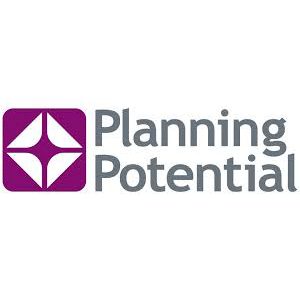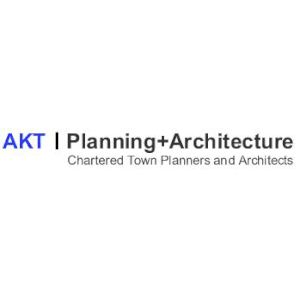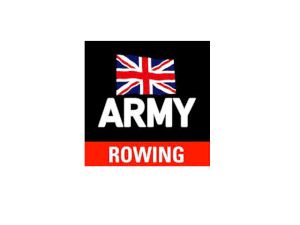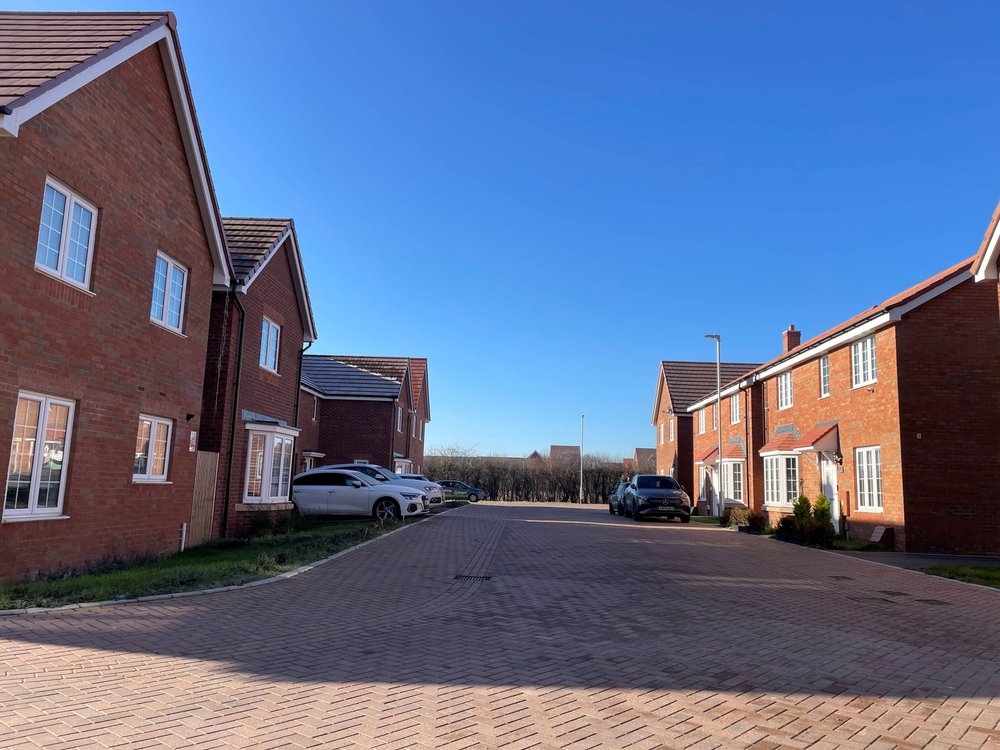

We ensure that our foul drainage designs comply with relevant building codes and regulations. Our drainage design consultants help developers obtain the necessary Section 106 sewer connection and Section 104 sewers for adoption. Our designs help ensure projects get off to a strong start – so they can reach their full potential!







Designing an efficient foul drainage system is critical for wastewater management and plumbing on your property. Every design must consider factors such as soil type, topography, and adjacent buildings to ensure it complies with regulations and works optimally.

The foul drainage system moves wastewater from everyday household activities away to treatment works before being released into rivers or the sea; it ensures that every property can benefit from clean water storage and safe waste disposal without fear of blockages or overflows. With strict building regulations for drainage systems and local authority standards, you don't need to worry about anything going wrong.
Foul water drainage systems have a range of possibilities; they can be used for individual homes or constructed to serve multiple properties with an adoptable sewer system.
Regulations for private drainage
If you're undertaking a construction project in England or Wales. In that case, it is essential to understand the guidelines outlined by Part H (Drainage and Waste Disposal) of The Building Regulations for the drainage system. In Scotland, you'll need to meet the requirements laid out within The Building (Scotland) Regulations instead!
Regulations for adoptable sewers
In the U.K., different regions have distinct building regulations for the drainage system when it comes to sewerage systems. England follows Ofwat's Sewerage Sector Guidance as outlined in their Design & Construction Guide (DCG), while Wales abides by the 7th Edition of 'Sewers for Adoption'. In Scotland, infrastructure is guided by version 4.0 of the 'Sewers For Scotland' guidelines.
Section S104, a sewer adoption process outlined in the seventh edition of 'Sewers for Adoption', permits water companies to take responsibility for any newly built sewers. Usually, these are adopted from within each property boundary's demarcation chambers up through their respective discharge points.
Section 106 grants water companies the authorisation to enable development discharges into existing public sewer assets. This often requires an alteration of a current sewer, involving the installation of a new manhole or branch. Connection work under S106 does not adhere to standards in the 'Sewers for Adoption' 7th edition publication since it applies only to new build projects and needs to be revised when making modifications on already-existing sewers.
Determining the sanitary fittings connected to a specific drain run is essential to measure foul flows accurately. This can be accomplished in two ways:
The discharge unit method determines peak flow by adding the units applied to each sanitary fitting. You can choose a pipe size that will bear the peak flow while retaining its self-cleansing velocity. However, this technique has been known to generate particularly high peak flows at outfalls of certain buildings with an especially high ratio between sanitary fittings and building population.
With the second method, flows are calculated in correlation to the population of a building, and an allocated daily volume per individual is assigned based on the British Water Code Of Practice – Flow And Loads. In numerous sources, though, one can find that usage figures vary significantly for various types of buildings.
Horizontal drainage pipes should be installed at a suitable gradient for maximum efficiency regardless of whether they are situated above or below ground. Gradients steeper than 1 in 40 for a 100mm pipe can cause problems with foul water pipes.
The liquid could flow faster and leave solid debris stranded, potentially resulting in blocked pipes. To avoid this issue, gradients should be kept between 1 in 40 to 1 in 80 for adequate flow velocities within the pipe.
Regular maintenance of these systems is essential to ensure their proper functioning. Adequate upkeep can help avoid unsanitary or hazardous situations that may arise from blocked or overflowing drainage systems.
It is also vital to ensure that any waste products disposed of down sinks, toilets and drains are not causing a blockage or contamination. Any persistent problems with foul drainage should be reported to the local authority to investigate further. Proper care and maintenance of your foul drainage system can help to protect the environment and your health.
When disposing of kitchen waste in a drainage system, the removal of fats, oils and grease (F.O.G.) should be considered. Consideration is required to pick the most effective technique for controlling food waste and greases that may be contained in wastewater. The client or kitchen specialist should discuss an appropriate strategy for managing their culinary waste with you.
For optimal results, a grease trap is crucial for any appliance that produces fat, oil and grease (F.O.G.), like your dishwasher and oven! For the greatest effectiveness in trapping unwanted F.O.G. elements, it's best to install the trap outsides near these appliances whenever feasible.
An effective strategy for controlling grease deposits in sewage systems is enzyme dosing. This consists of releasing bacteria that feed on greasy deposits directly into the above-ground system or through a specially designed trap. The results are an efficient way of keeping your sewage flowing smoothly!
In some older buildings, wastewater and rainwater can all be funnelled through a combined sewage system. This combined system becomes overwhelmed when it rains heavily, potentially leading to the discharge of untreated sewage into our environment - creating an unsanitary water supply and potential flooding in nearby homes.
When it is time to inspect the chamber, you should find sewage in the chamber; it has been determined that this form of plumbing must be either a foul or combined system. Furthermore, toilet tissue residue may become visible to the benching or through its channels inside inspection chambers and manholes.
Used wastewater is carried to a sewage work for treatment using the foul sewer. While, uncontaminated rainwater flows directly from the surface sewer into its nearby river, streaming or soaking away. A surface water drainage design is also named a sustainable drainage system design, SuDS are mandatory for new developments.
Sewer Plans
To obtain the information you need from your local water authority, submit a marked-up street plan that indicates the area in question. You will receive your results within one week!
Capacity Checks
If a proposed development could increase flows to the sewer, you must receive clearance from the local water authority via their capacity check protocol. The process does differ by region and requires the submission of a form. It should be noted such checks may involve payment of a fee to the appropriate agency.
Installing and maintaining a pumping station can be costly. Many sites are perfect for packaged stations with prefabricated G.R.P. or plastic chambers encased in concrete-- which significantly reduces costs. However, some larger stations may require bigger G.R.P. tanks or purpose-designed concrete rings to fit their size requirements.
For a foul water drainage system to operate efficiently, a pumping station must have the following requirement:
To ensure optimal performance, twin pumps should be employed in either a duty and standby configuration or a duty and assist configuration.
The pump must ensure a steady and appropriate outgoing flow into the receiver drain or sewer, which should surpass that of its incoming peak design. Additionally, it must be able to give less than fifteen start stops per hour for optimal success.
After deciding the desired flow rate, it is essential to decide on an adequate size for the pumping main. This will be based on maintaining the minimum velocity in the pipeline.
To facilitate the efficient operation of the pumping station, a control panel will be enclosed in an impermeable kiosk for external areas. The positioning of this pump control unit should be near the pump chamber and visible at all times.
For a water pumping station to be adopted by the local water authority, it must first meet all of the Sewers for Adoption requirements and have undergone authorisation and adoption procedures.
When Polyethene.) is the most regular choice - but when installing underground pump mains, ductile iron and P.V.C. could also be viable options.
According to the Building Regulations, it is essential that the pumping station can store incoming flow for 24 hours in the case of a pump breakdown.